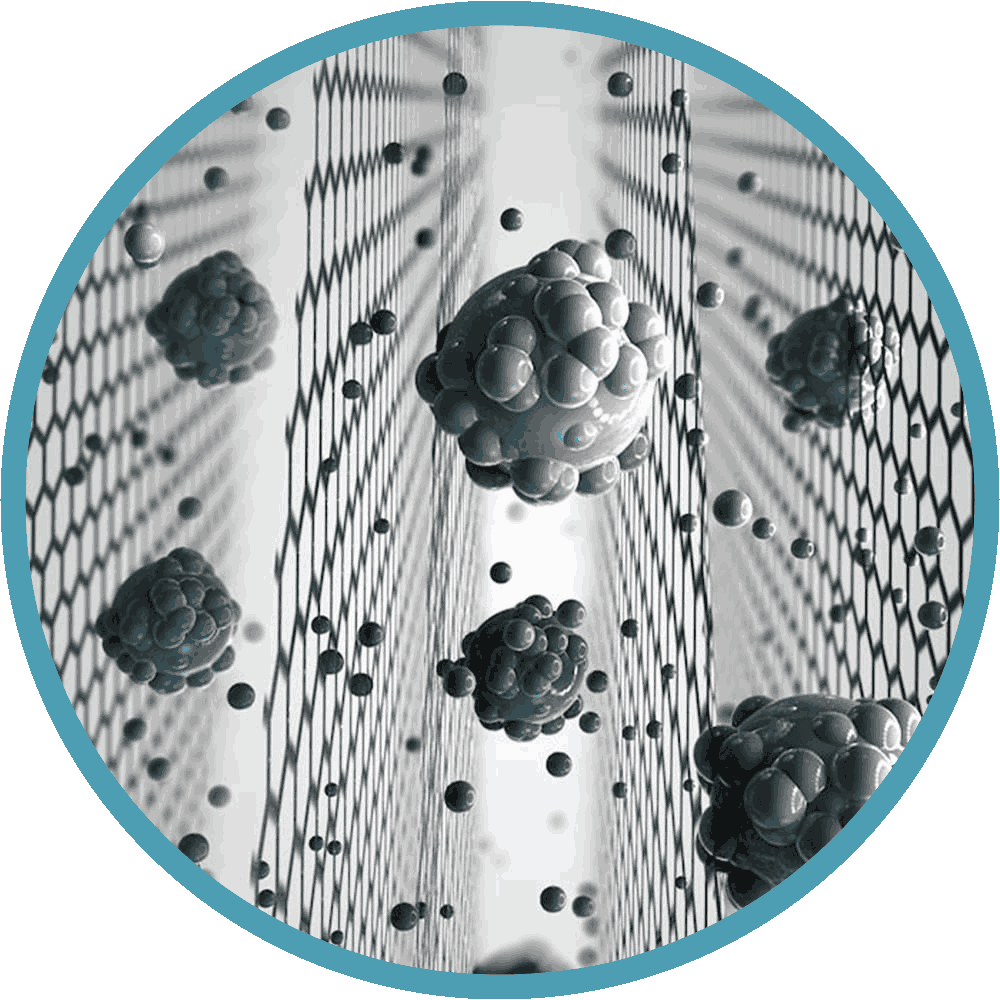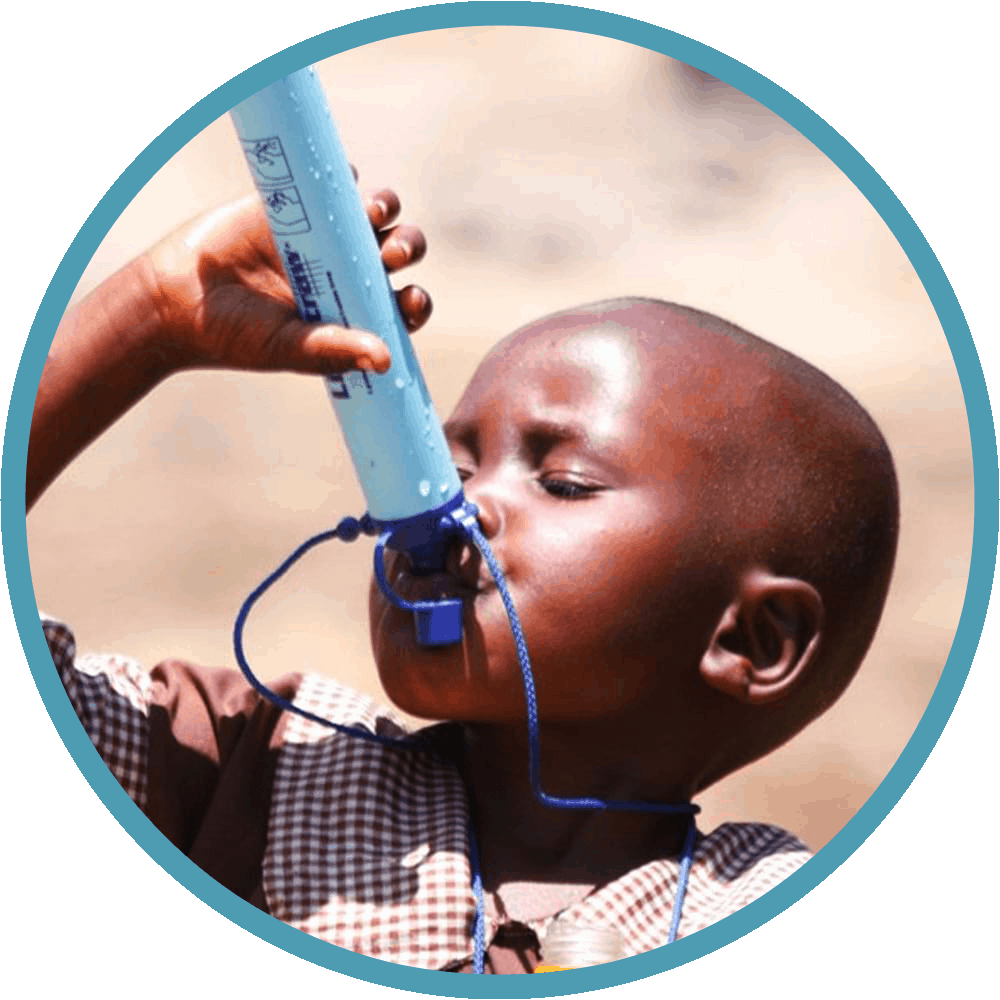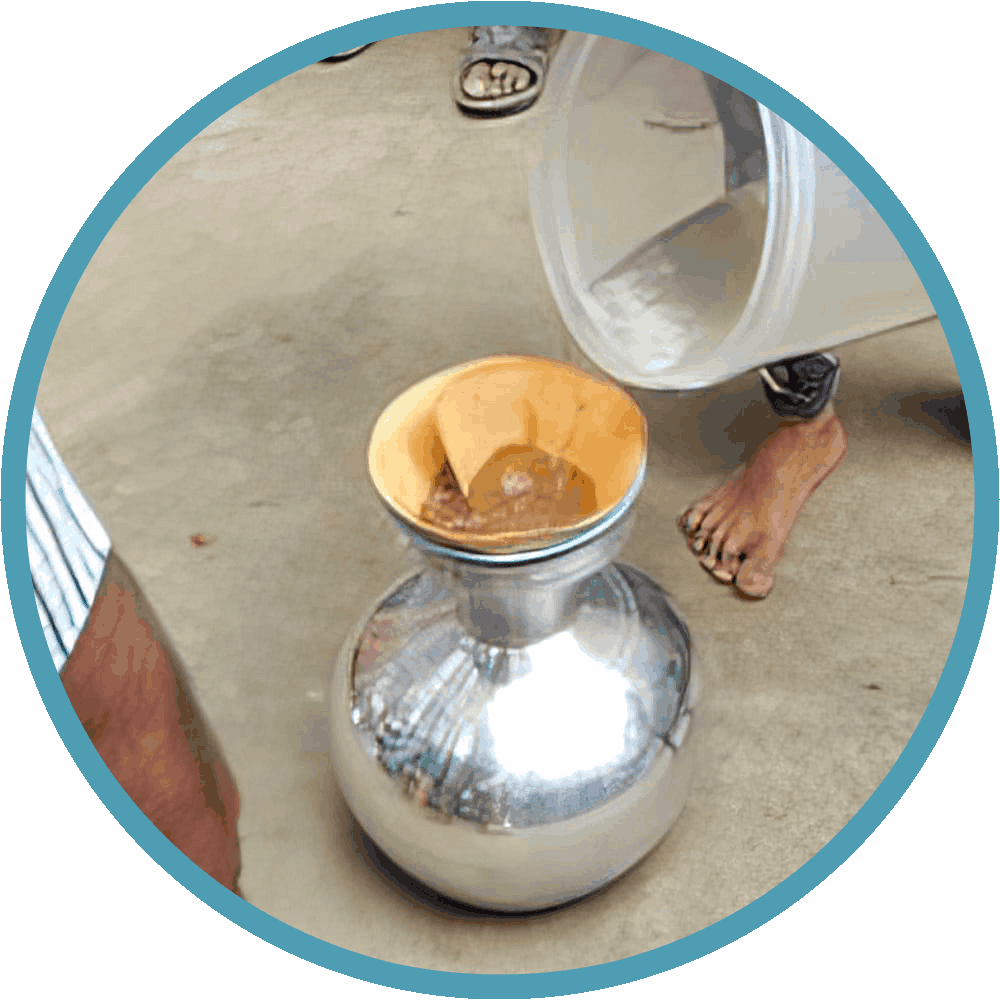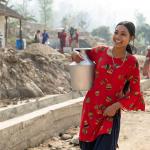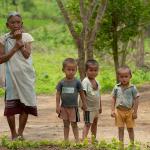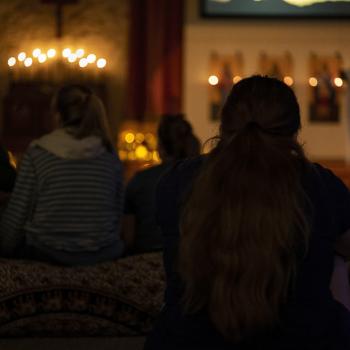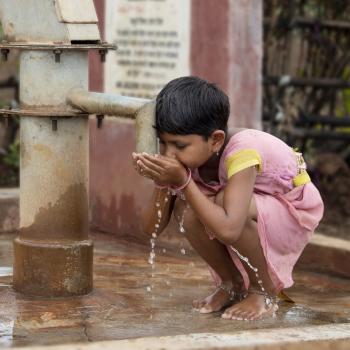WILLS POINT, TX – GFA World (Gospel for Asia) founded by K.P. Yohannan, has been the model for numerous charities like GFA World Canada, to help the poor and deprived worldwide, issued this second part of a special report on fresh water: an increasingly scarce resource more vital than oil or gold.
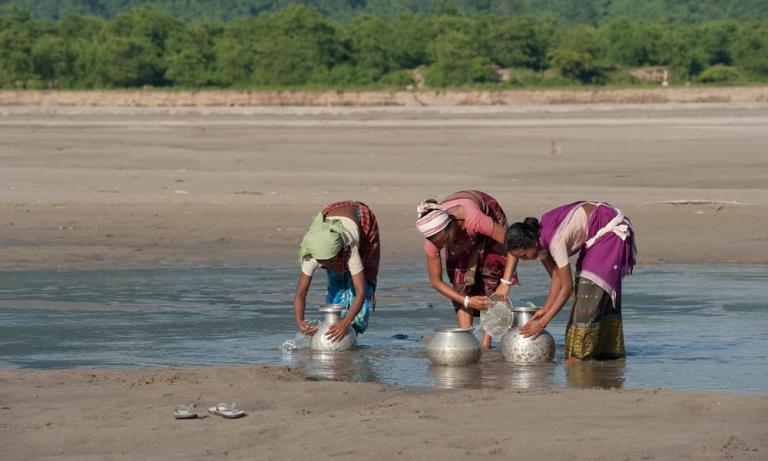
New Technologies Promise Relief
Despite an often bleak scenario, there are optimistic signs that technology can help address shortages. A recent story discussed how Watergen, an Israeli-based company uses air-to-water technology to deliver drinking water to remote areas. Its machines filter water vapor out of the air, the largest of which can provide 6,000 liters a day and has been used at hospitals in the Gaza Strip and rural villages in central Africa.[21]
Watergen’s president, Michael Mirilashvili, told the BBC that its system alleviates the need to build water transportation systems, dispelling worries about heavy metals in pipes, cleaning contaminated groundwater, or polluting the planet with plastic bottles.[22]
“A study conducted by scientists from Israel’s Tel Aviv University found that even in urban areas … it is possible to extract drinking water to a standard set by the World Health Organization,” wrote business reporter Natalie Lisbona. “In other words, clean water can be converted from air that is dirty or polluted.”[23]
Watergen’s isn’t the only such technology being developed. A story by science journalist Duane Chavez outlined two others.
The first is a system proposed by engineers from the State University of New York at Buffalo and the University of Wisconsin. It uses carbon paper evaporators and condensers that emit more energy than they absorb, reducing the temperature below the dew point to achieve vapor condensation.
The other is a passive system developed by researchers from the Massachusetts Institute of Technology and the University of California at Berkeley. It extracts water from dry air by consuming solar energy, based on a new type of porous material called Metal-Organic Frameworks.[24]
Other methods to address freshwater scarcity include the following:
Scientists from the UK’s University of Manchester are working on a desalination alternative—a graphite oxide sieve that retains salt and only allows water to pass through. In 2019, the university’s National Graphene Institute began collaborating with a portable water filtration company to develop new water purification devices based on this technology.[25]
LifeStraw is a plastic tube nearly nine inches long and about an inch wide that has a filtration system to remove protozoa, bacteria and other harmful materials from water. One unit can provide personal water filtration for up to three years. The technology is marketed in bottle format as well as in larger systems and has been used in places like Haiti, Rwanda and Pakistan.[26]
A “Safe Water Book” developed by a chemist and her husband contains tear-out pages that are water filters and can provide germ-free water for four years. Their company, Folia Water, has tested the product in Africa, Asia and Latin America and begun distribution in Bangladesh. A similar product, “The Drinkable Book,” has been developed by researchers at Carnegie Mellon University.[27]
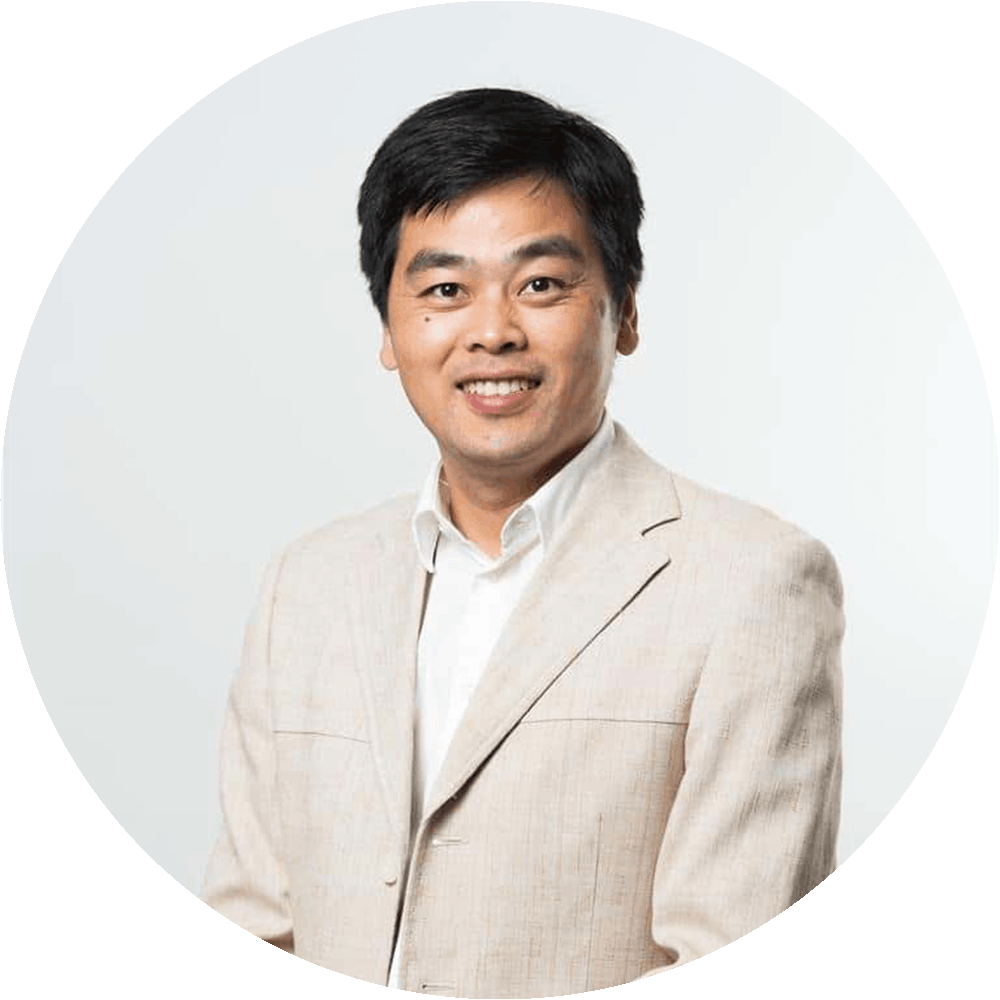
Meanwhile, researchers at the University of South Australia have refined a technique to derive fresh water from sea water, brackish water or contaminated water through solar evaporation. The device includes a photothermal structure that sits on the surface of a water source and converts sunlight to heat, rapidly evaporating the uppermost portion of the liquid.[28]
“We have developed a technique that not only prevents any loss of solar energy, but actually draws additional energy from the bulk water and surrounding environment,” said Haolan Xu, the associate professor who leads the team. “[That means] the system operates at 100 percent efficiency for the solar input and draws up to another 170 percent energy from the water and environment.”[29]
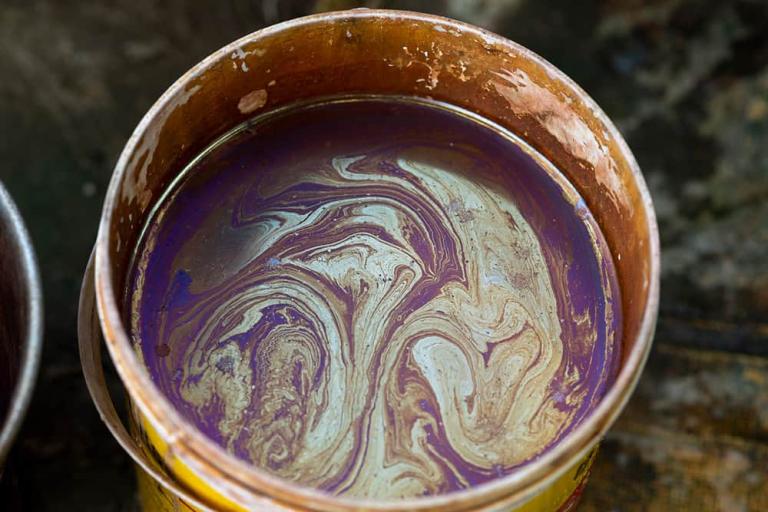
Conservation Efforts are Helping
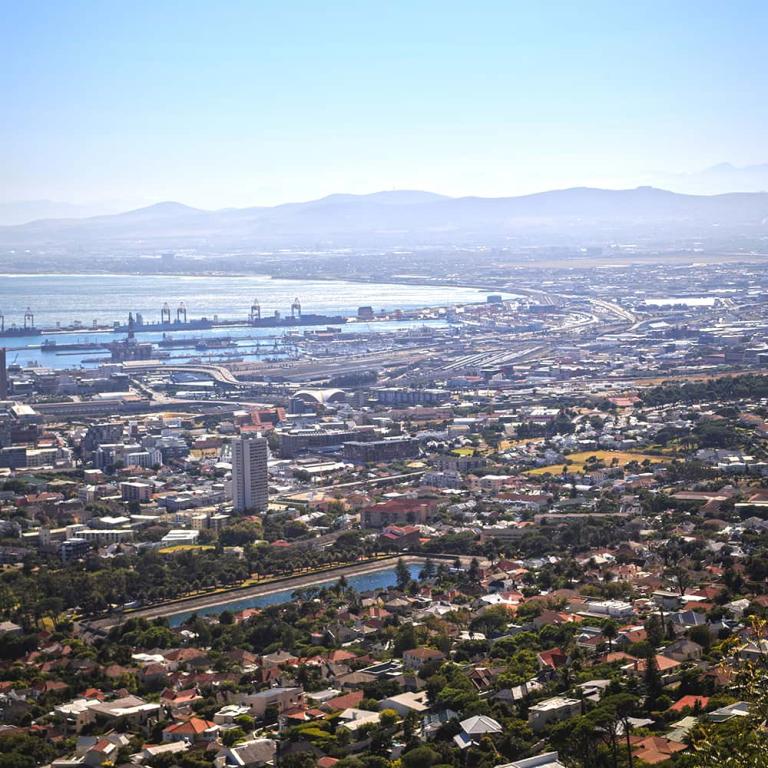
Sometimes the solutions aren’t as dazzling but still matter, as demonstrated in San Antonio. The southern Texas city found itself in a legal battle 31 years ago over arguments it pumped too much water from the Edwards Aquifer, a major groundwater source. The Sierra Club’s victory in the case forced San Antonio to limit withdrawals.[30]
Conservation efforts that followed included better irrigation and landscaping, installation of water flow sensors, and rebates to residents who install pool filters or convert grass into patios. Despite 80% growth in their population since 1991, San Antonio has decreased per-person water use by 20%.[31]
Cape Town, South Africa, also had to reduce water consumption after nearly running dry in 2018. Three years later, “I definitely think that there has been a permanent behavior shift,” said Limberg, a local appointed official and a mayoral committee member for waste and water in Cape Town . “There’s definitely been a greater awareness to conserve water, and of how incredibly finite this resource is, and how vulnerable we are if we face a shortage of water.”[32]
Enhanced water meters also help. WaterOn, a device produced by India-based Smarter Homes, is a metering and leakage prevention system. In 2019 it saved 40,000 apartment households an average of 35 percent of their water consumption. In one region it saves millions of gallons of water each month.[33]
Low-tech Tools Can Also Be Economical Solutions
Then there are more basic solutions that help numerous people, like drilling wells in areas that lack access to fresh water. This video below shares the story of one village in Nepal that benefitted from this approach provided by their local church.
Nepal: Getting fresh water was a constant time-consuming challenge for this entire village until the local church installed a Jesus Well which resolved the water shortage and benefitted their entire community.
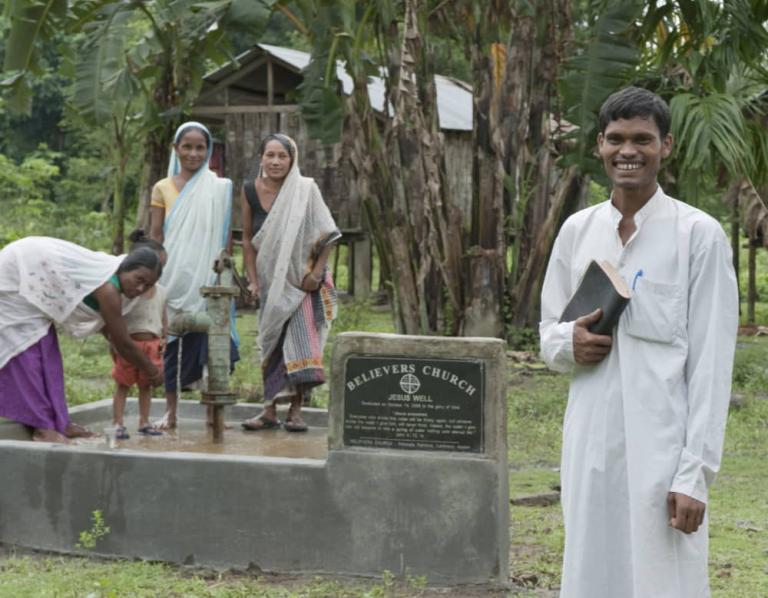
For just over two decades, Gospel for Asia (GFA World) has helped drill Jesus Wells in Asia. These wells provide clean water at a cost of less than five dollars per person.[34] GFA also distributes BioSand water filters, devices that use concrete, different types of sand and gravel to remove impurities, providing water for drinking and cooking that is 98 percent pure.[35]
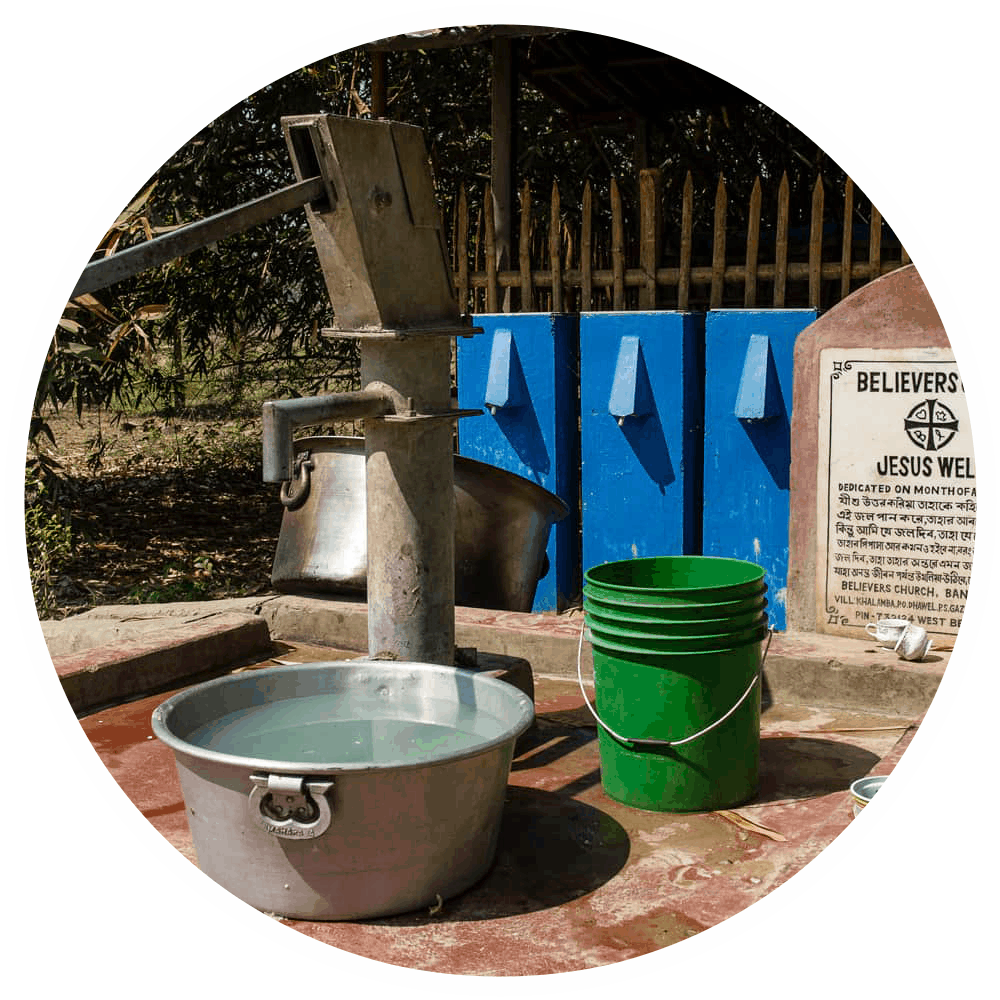
The value such low-tech solutions provide is evident in the numbers: it costs about $1,400 to drill a Jesus Well, which may provide clean water for up to 300 people per day for 10 to 20 years. While a BioSand water filter only supplies water to one family at a cost of $30 per unit, it offers a readily available clean drinking source for a similar five-dollar figure.
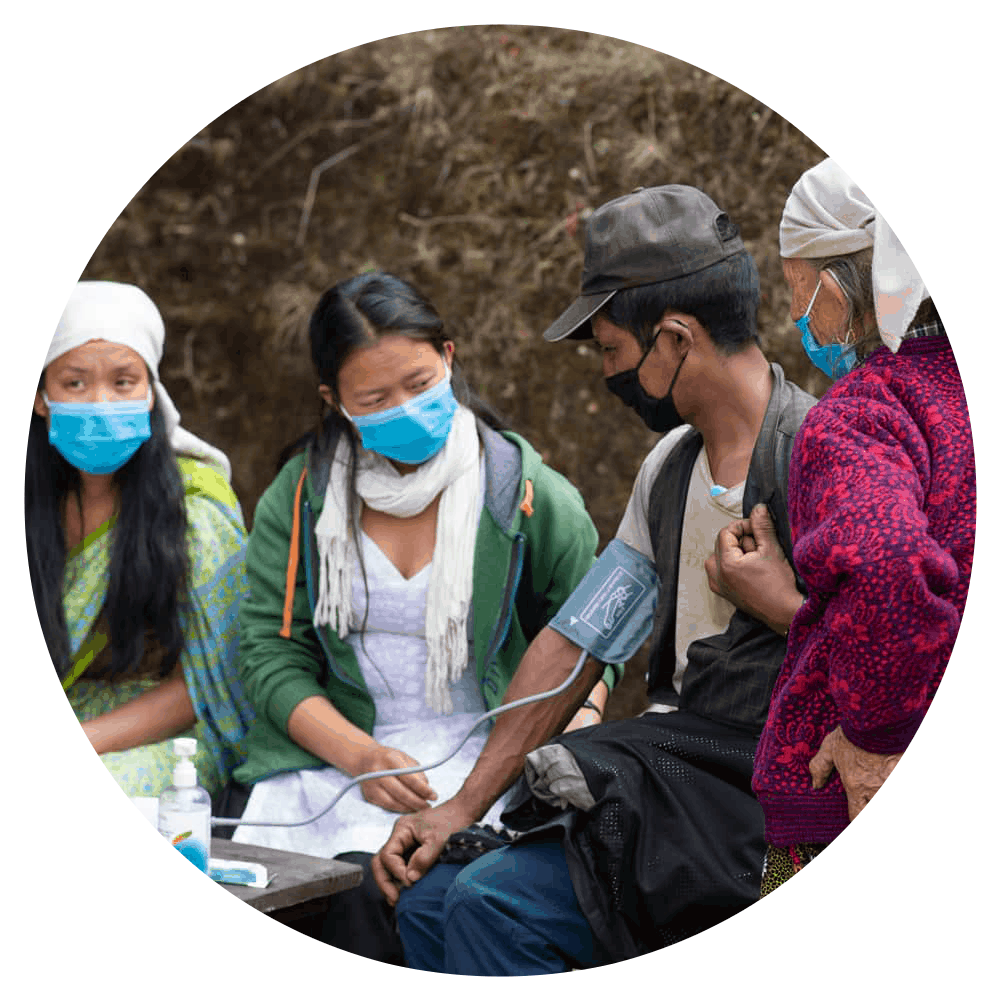
Over the years, more than 38 million people in Asia have received safe drinking water through GFA World’s clean water initiatives. In addition to providing water wells and filters, Gospel for Asia (GFA World) conducts free medical camps that offer treatment for such water-linked ailments as diarrhea—the most serious illness children face worldwide.
Despite complexities resulting from pandemic restrictions, the faith-based organization continues to meet a desperate need, with founder K.P. Yohannan noting that in the next 20 years, global water demand is expected to surge more than 50%.

“This desperate situation is especially acute in Asia, where millions of families get their drinking water from the only source available to them—often a dirty river or stagnant pond, which are breeding grounds for parasites and deadly bacteria,” Yohannan said. “It’s a problem we as a ministry have been actively helping to combat for years.”
Make a donation to provide clean, fresh drinking water »
If this special report has touched your heart and you would like to help give clean water to a needy village in Asia, then make a generous one time or monthly gift toward Jesus Wells and Water Filters.
About GFA World
Gospel for Asia (GFA World) is a leading faith-based global mission agency, helping national workers bring vital assistance and spiritual hope to millions across the world, especially in Asia and Africa, and sharing the love of God. In a typical year, this includes thousands of community development projects that benefit downtrodden families and their children, free medical camps conducted in more than 1,200 villages and remote communities, over 4,800 clean water wells drilled, over 12,000 water filters installed, income-generating Christmas gifts for more than 260,000 needy families, and teaching to provide hope and encouragement in 110 languages in 14 nations through radio ministry. GFA World has launched programs in Africa, starting with compassion projects in Rwanda. For all the latest news, visit the Press Room at https://gfanews.org/news.
Read the rest of this GFA World Special Report: Fresh Water: An Increasingly Scarce Resource More Vital than Oil or Gold — Part 1
Read more blogs on Human Trafficking, Water Shortage, the Global Water Crisis and GFA World on Patheos from Gospel for Asia.
Learn more about how to provide pure, clean water to families and villages through GFA World Jesus Wells and BioSand Water Filters.
Learn more about Gospel for Asia: Facebook | YouTube | Instagram | LinkedIn | SourceWatch | Integrity | Lawsuit Update | 5 Distinctives | 6 Remarkable Facts | 10 Milestones | Media Room | Water Scarcity | Endorsements | 40th Anniversary | Lawsuit Response | International Offices | Missionary and Child Sponsorship | Transforming Communities through God’s Love
Notable News about Gospel for Asia: FoxNews, ChristianPost, NYPost, MissionsBox
Read what 25 Christian Leaders are affirming about Gospel for Asia.
This Special Report originally appeared on gfa.org.


